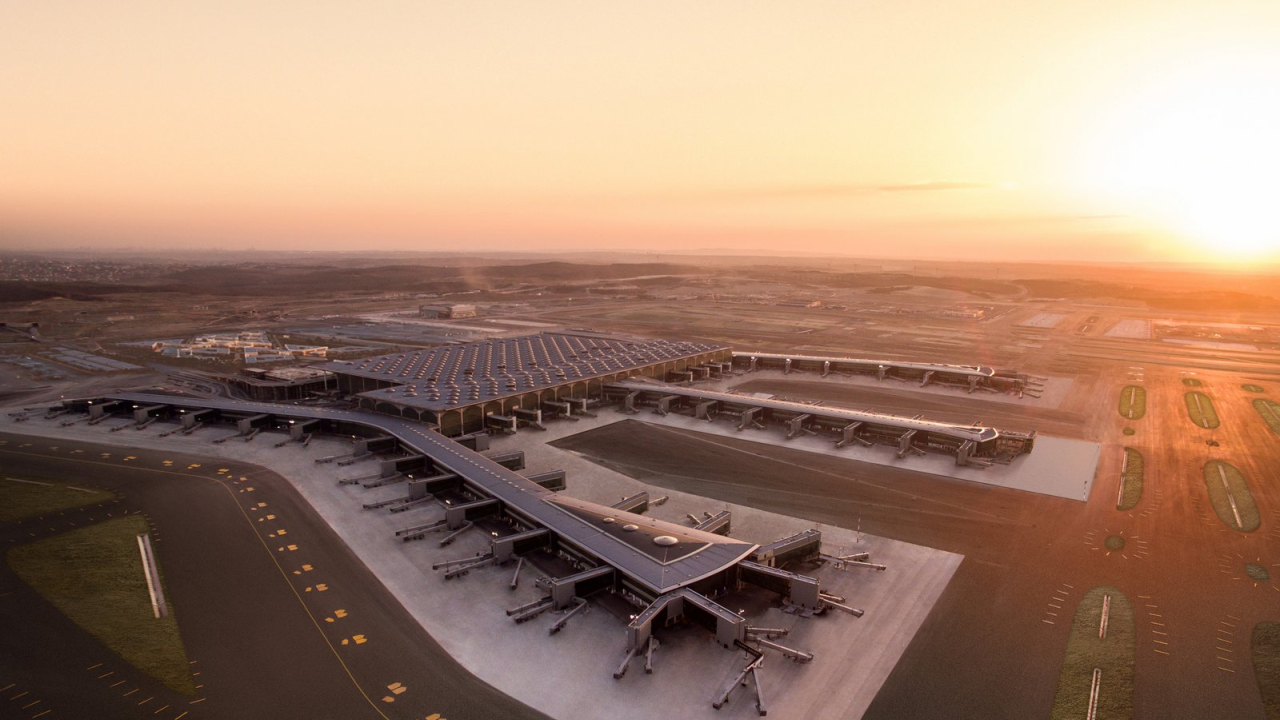Air management gets a make-over
While Kuwait Airport is being developed, the Government is taking the opportunity to invest in the air management systems.

Captain Mukhled Al-Sawagh, DGCA director of air navigation, says: “The airport is in the process of building the Kuwait Centre for Meteorology and Communications (KCMC), a met office and air navigation centre, including new radar, on the western side of the runways.”
The control tower, which is between the two parallel runways and houses a radar room, will be ATC only, with the old radar equipment being kept for back-up. An upgraded radar room, using Thales equipment, will be “up and running in the summer”, says Al-Sawagh.
The new primary/secondary radar and ADS-B system will be installed and operational in two years. “Bids have been submitted and we are in the process of selecting the contractor,” reports Al-Sawagh.
The KCMC will act as a complete ATM system with ground radar and the work will include upgrading the ILSs on both the runways from Cat 2 to Cat 3b, says Al-Sawagh, who adds that it is very rare that visibility is so low that the airport is closed – even in sandstorms.
“Since Kuwait announced its open skies policy, traffic amount has increased so we need more ATC. We are in the process of getting someone to help us and signed an initial agreement with NATS on 12 May. We will be resurfacing the whole of the westerly runway so it will be closed for two years, and NATS has good experience of running single runway operations at London Gatwick.”
“The pavement and width of the runway shoulder are Code E so, currently, we can’t take an A380 apart from as an alternate airport, for which we published a NOTAM [Notice to Airmen] in April. Emirates is the main operator that asks for Kuwait as an alternate.”
Airspace is also being reorganised, says Al-Sawagh, for example adding a new airway in co-ordination with Bahrain to ease East-West traffic flows to Europe and beyond. The region already has RVSM apart from over Iraq, where air routes are now open.
The new radar will have about the same range as the old one – up to 250nm – and Kuwait has a reciprocal agreement with Bahrain to provide back-up systems (Bahrain is 240nm from Kuwait). “We use Bahrain radar as back-up and we exchange feeds too,” says Al-Sawagh.
Stay up to date
Subscribe to the free Times Aerospace newsletter and receive the latest content every week. We'll never share your email address.

